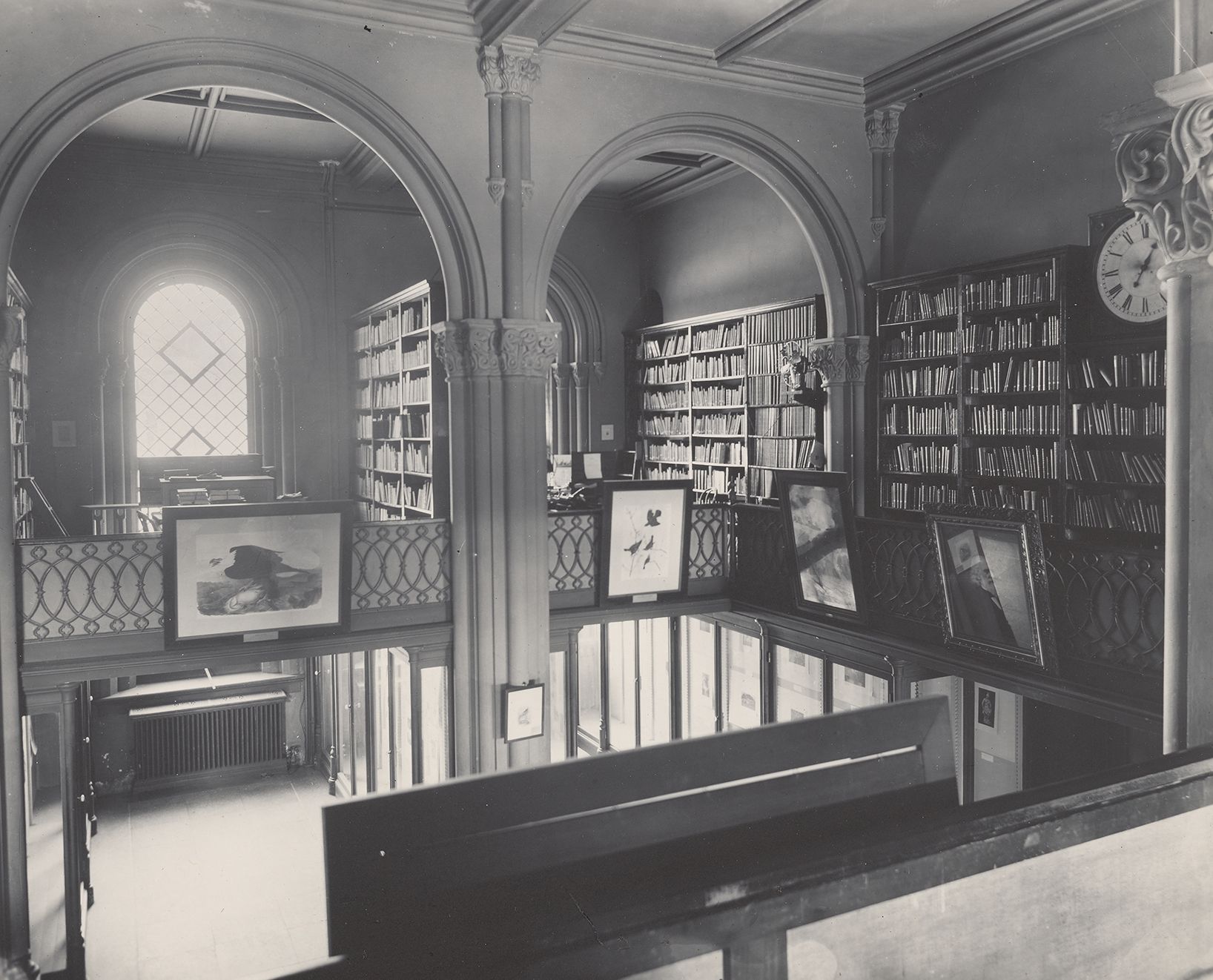History in the Making: The Active Role of Archivists
United States National Museum Photographic Laboratory
United States National Museum Photographic Laboratory
Archivists do much more than just keep old stuff safe. Sure, preserving documents is still a big part of the job, but it’s only the beginning. Today, we realize that archivists are actually key players in how we understand history. They’re not just neutral caretakers; they actively shape the stories we tell about the past. Think about it: what gets collected, how it’s organized, and who gets access—these are all choices that archivists make, and they have a huge impact. They’re practically performing history every time they create a finding aid that guides researchers or put together an exhibit that brings the past to life for the public. Even more than that, archivists are involved in making history by working with communities to document their stories, especially those that haven’t been told before. They challenge the usual narratives and make sure everyone’s voice gets heard. So, archivists aren’t just preserving the past; they’re actively involved in shaping how we see it, what we remember, and what it all means.
Sam Winn’s “The Hubris of Neutrality in Archives”
Sam Winn’s “The Hubris of Neutrality in Archives” challenges the idea of the archivist as a passive, objective keeper of the past. He argues that archivists are active participants in creating our understanding of history. It starts with preservation—but it’s not simply saving everything. Archivists make choices about what’s worth keeping, and those decisions, even if unconscious, shape the historical record. Then comes performance—how materials are organized, described, and presented influences how we interpret them, almost like the archivist is staging the past for us. Finally, Winn contends that archivists are even producing history, especially when they collaborate with communities to document untold stories and challenge established narratives. Essentially, archivists aren’t just handling the past; they’re actively involved in constructing it. Winn’s key message is that we need to ditch the myth of neutrality and recognize the immense power archivists hold—a power that demands honesty, self-awareness, and a commitment to inclusive storytelling.
Archival neutrality and the active role of archivists resonate with current events
Winn’s ideas about archives aren’t just theoretical; they connect to real-world issues happening right now. Take the Black Lives Matter movement, for example. BLM has shown us how history can be twisted to erase Black experiences and keep racism going. Winn’s point about archival neutrality is key here. He shows how archives, by choosing what to keep and whose stories to tell, can actually contribute to that historical erasure. But on the flip side, we’re also seeing how “activist archivists” are pushing back against this, working hard to document BLM protests and preserve the stories of Black activists, making sure their voices are part of the historical record. It’s a direct response to the problem Winn highlights, showing how archives can be a tool for change, not just a dusty room full of old papers
Sam Winn, “The Hubris of Neutrality in Archives,” Medium.com, April 24, 2017, https://medium.com/on-archivy/the-hubris-of-neutrality-in-archives-8df6b523fe9f

February 9, 2025 @ 10:14 pm
Hi Destiny ,
I loved your blog post you did an amazing job! Also love the picture you used for your visual representation reference.